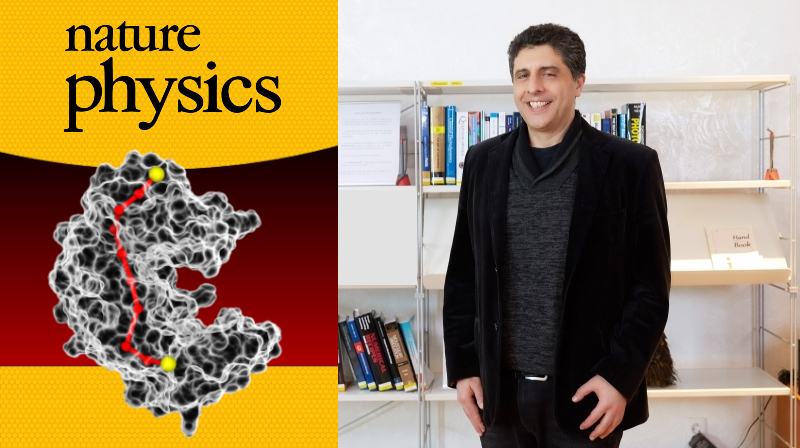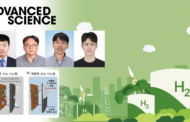Living cells are bustling with molecular machines that constantly process energy, matter, and information. Among these machines, proteins stand out, with enzymes being the most notable. These catalytic entities dramatically accelerate essential metabolic reactions by many orders of magnitude, facilitating the very process that sustain life. While it has long been acknowledged that enzymes undergo movements during their catalytic cycles, measuring and predicting these internal motions and forces has proven extremely challenging.
This study addresses that challenge. It is the result of an international collaboration, led by Professor Tsvi Tlusty from the Department of Physics at UNIST and Professor Elisha Moses from the Physics Department at the Weizmann Institute of Science, Israel.
![[연구그림] 기계의 관절과 같은 역할을 하는 고변형 영역을 실험적으로 알아낸 분석법 (그림제공 이스라엘 와이즈만 연구소)](https://news.unist.ac.kr/wp-content/uploads/2025/03/연구그림-기계의-관절과-같은-역할을-하는-고변형-영역을-실험적으로-알아낸-분석법-그림제공-이스라엘-와이즈만-연구소.png) Figure 1. Schematic representation illustrating the experimental analysis method discovering the highly deformable regions of enzymes, which function like shock observers in mechanical systems. l Image Credit: Weizmann Institute of Science, Israel
Figure 1. Schematic representation illustrating the experimental analysis method discovering the highly deformable regions of enzymes, which function like shock observers in mechanical systems. l Image Credit: Weizmann Institute of Science, Israel
The collaboration integrated artificial intelligence (AI) models with molecular dynamics simulations to predict the internal dynamics of enzymes, along side an innovative “nano-rheology” technique to measure these dynamics with unprecedented accuracy. The computational and experimental results culminated in the development of a new viscoelastic model of enzymes, elucidating the intertwined effects of elastic forces arising from stretching or twisting molecular bonds and friction forces (viscosity) associated with bond breaking and reforming.
“Finally, this novel physical model can explain how subtle, nanoscale motions and forces within enzymes impact their biological functions. It allows us to perceive proteins as soft robots or programmable active matter,” said Professor Tlusty.
The findings of this research have been published in Nature Physics on March 28, 2025.
Journal Reference
Eyal Weinreb, John M. McBride, Marta Siek, et al., “Enzymes as Viscoelastic Catalytic Machines,” Nature Physics, (2025).













